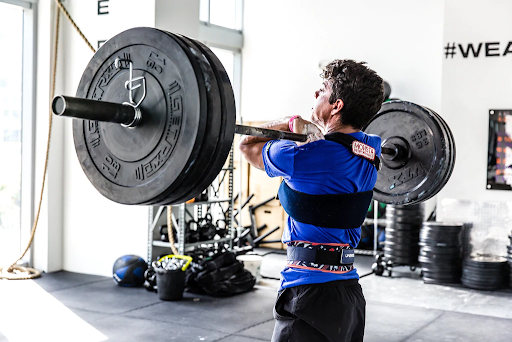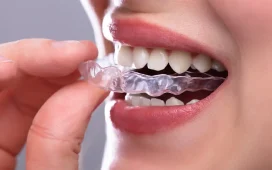Every gym has that one man who works out with the best weight lifting belt the most of the time. He claims it’s for back support, but it’s really to keep his beer belly in when doing bicep curls for a rep max. However, the belt is not made for this purpose. In this article, you will learn about the benefits of heavy lifting with and without a weight lifting belt, as well as the real purpose of a belt.
What is the Purpose of the Weightlifting Belt?
Belts help to raise intra-abdominal pressure by providing something for your core muscles to push against as the abdominal wall expands. Most lifters can carry more with a stability belt than without a belt or a poor-quality belt.
When to Wear a Weight Belt?
The best lifting belt is mostly utilized for squats, deadlifts, and overhead exercises, where athletes take deep breaths to brace themselves better. Belts, on the other hand, make it easier to maintain a neutral spine.
How to Wear a Weight Belt?
To be honest, it’s a matter of personal preference. Make sure your belly button is in the center (or close to it) when you put on the belt, and you’re ready to go. It’s entirely up to you how tight you want the belt to be.
Special Guidelines When Purchasing the Weight Lifting Belt
First, despite what your high school physical education teacher may have told you, the best belts for weightlifting alone will not protect your back. To begin, you must understand how to make a suitable brace.
- Second, you’ll require a suitable belt. You’ll need a leather one that’s around 10mm or 13mm thick if you want to bring it to a powerlifting meet.
- Invest in a genuine belt from powerlifting.
What Benefits You will Derive if Followed the Above Tips
➤Stabilize & Lower Stress on the Spine
Wearing a belt while working out uplifts the intra-abdominal pressure by up to forty percent, but intervertebral discs’ compression is reduced by fifty percent (as per a few studies). The pressure inside the abdominal cavity pulls on the spine from the inside to support it, while the abdominal wall and lower back core muscles push on the spine from the outside. When lifting big weights, this inside and outside pressure serves to support the spine and lessen the stress it absorbs.
➤Belts Create Better Body Biomechanics
A belt forces you to lift with your legs rather than your back, which is the biomechanical posture you want to adopt when raising something from the ground. These are the biomechanics you want to adopt when doing barbell deadlifts and squats.
| Pro-Tip: Once you’ve put the belt on, make sure you’re breathing properly while exercising. To accomplish this in the squat, stand with a weighted bar on your back and take a big breath. Don’t lose your breath while pushing your abs against the lifting belt immediately before you descend into the squat. Take a deep breath and hold it until you reach the bottom. Then, as you drive up out of the squat, try to exhale slowly. |
➤Belts Beget Better Performance
Wearing a lifting belt during squats has also been demonstrated to increase quadriceps and hamstring muscle activity in several studies. In the long run, having more muscular activation during an exercise can aid in stimulating muscle growth.
Hence, you are clear on what encourages lifters to wear a belt and what are some special considerations you must follow to purchase the lifting belt.





